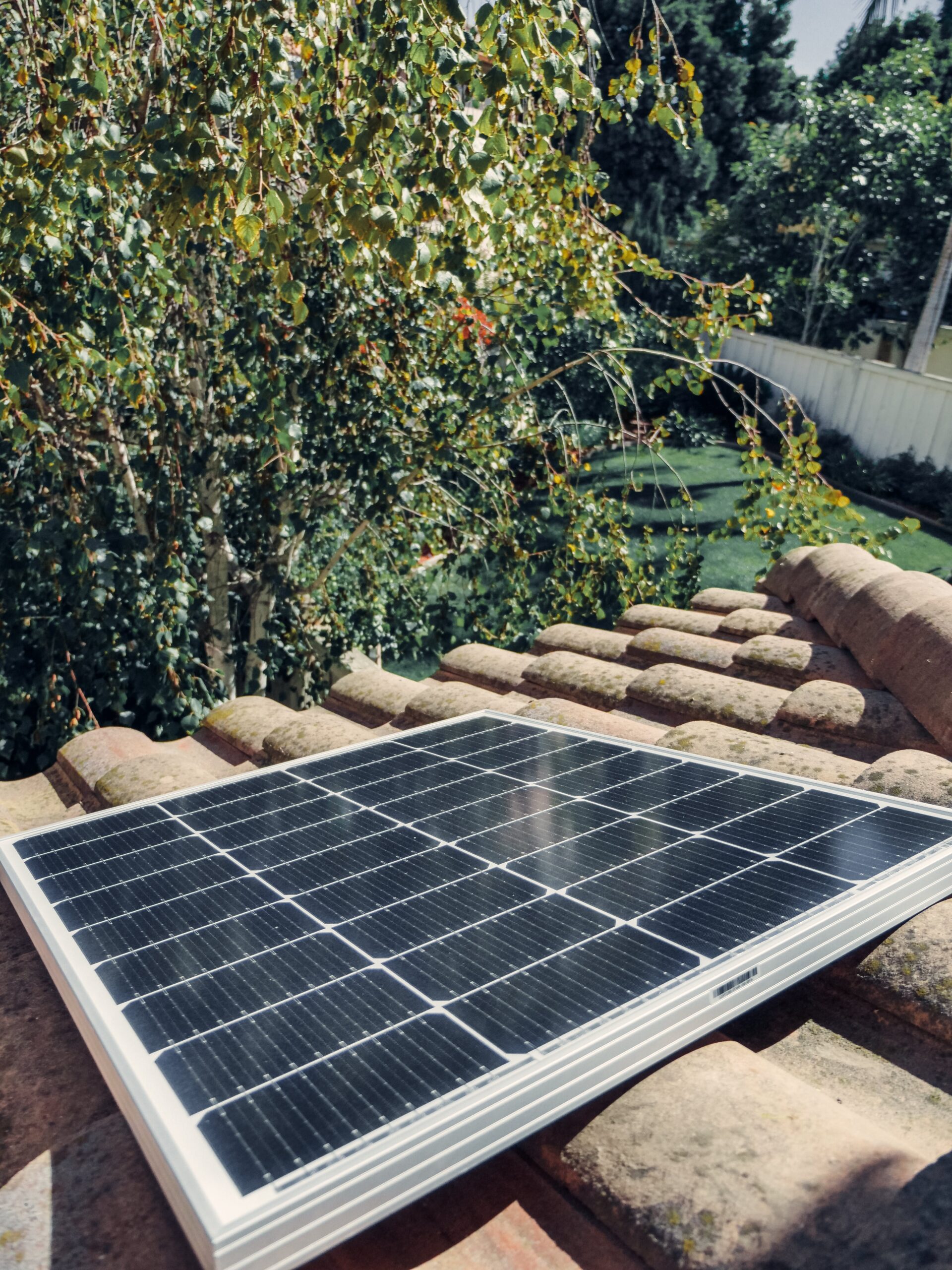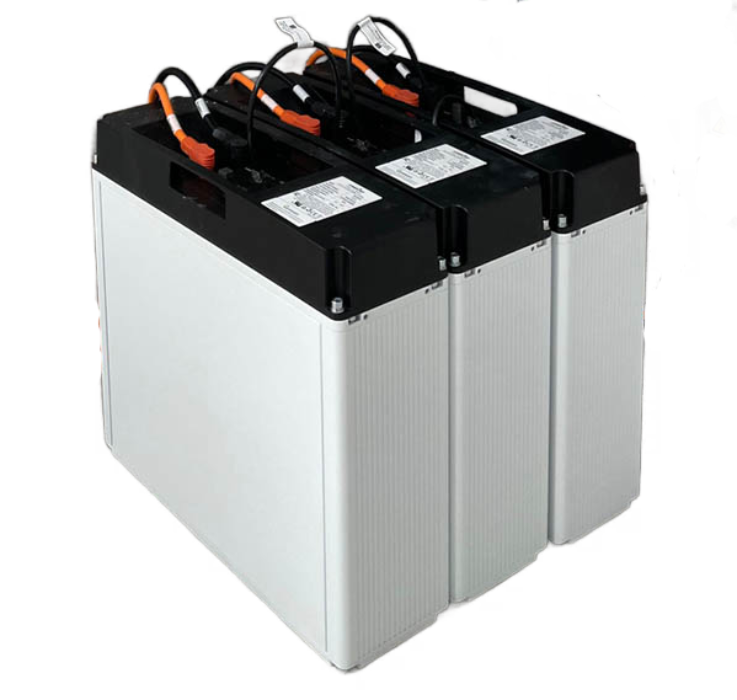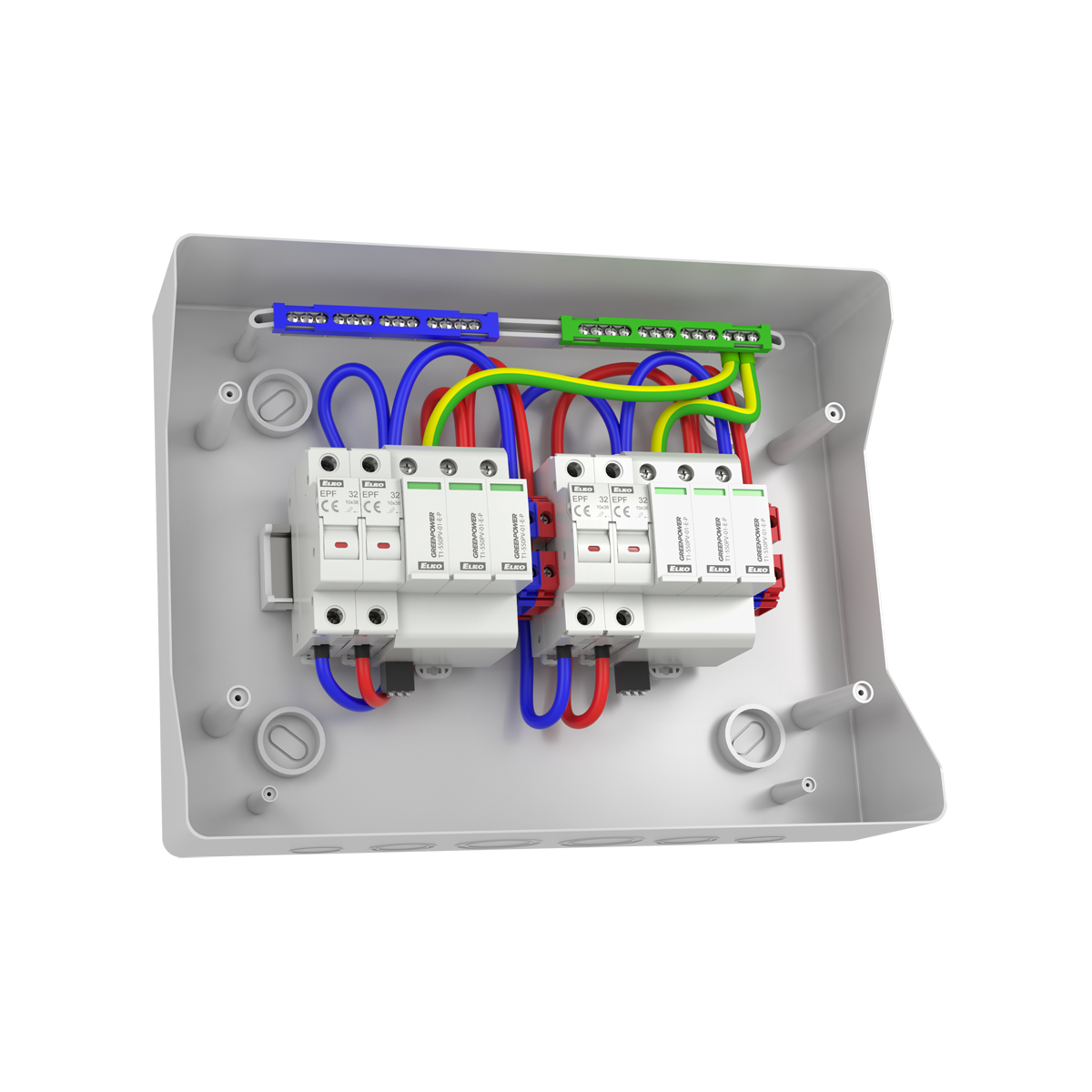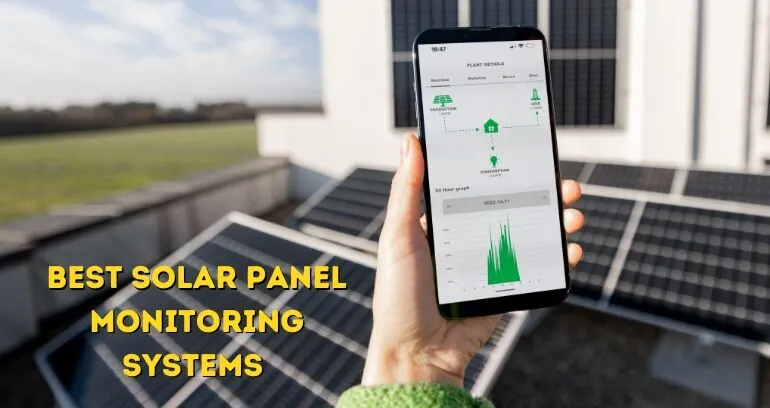Convert Normal Inverter To Solar Inverter
CONVERTING YOUR NORMAL INVERTER TO sOLAR iNVERTER
Converting a Conventional Inverter into a Solar-Powered Inverter involves integrating a solar power system with the existing inverter, but keep in mind that the feasibility and success of this conversion depend on the specific characteristics of your inverter and the
solar power system:

GENERAL STEPS WE FOLLOW:
STEP 1 : Assess Your Inverter and Inverter Modifications
- Make sure your existing inverter is suitable for solar integration. It should have the capacity to handle the additional power generated by the solar panels.
- If your existing inverter is not designed for solar power integration, you may need to modify it or add an additional inverter dedicated to handling solar power. Consult the inverter's manual or manufacturer for guidance on modifications.

STEP 2 : Charge Controller and Solar Panel Mounting
- Install solar panels on your rooftop or another suitable location with maximum sunlight exposure. Ensure the panels are connected in series or parallel to meet the voltage and current requirements of the inverter.
- Integrate a solar charge controller between the solar panels and the inverter. The charge controller regulates the voltage and current from the solar panels to charge the batteries efficiently.

STEP 3 : Batteries
- If your inverter doesn't already have a battery backup system, you may need to add batteries to store the solar-generated power. Ensure the batteries are compatible with your inverter and can store enough energy to meet your needs.

STEP 4 : Wiring with all Safety measures
- Connect the solar panels, charge controller, batteries, and inverter using appropriate wiring. Ensure that the wiring is done safely and according to local electrical codes.
- Implement safety measures, such as fuses and surge protectors, to protect your solar power system and connected appliances from electrical faults.

STEP 5 : Monitoring System:
- Consider adding a monitoring system to keep track of your solar power generation, battery status, and overall system performance. This can help you optimize your energy usage and troubleshoot any issues.

